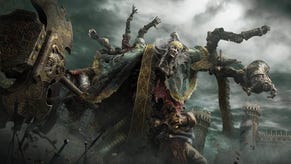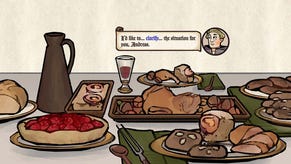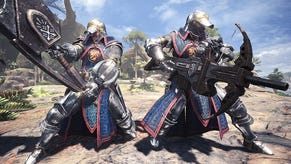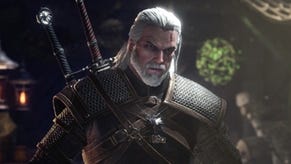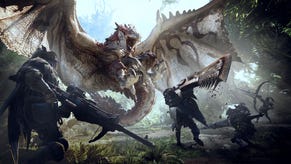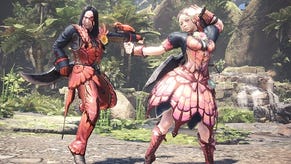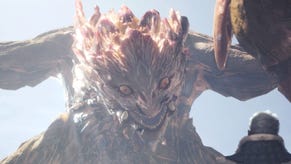What medieval bestiaries tell us about Monster Hunter World
Tracking monsters through history.
Humanity's struggle against monstrous creatures has been a perennial favourite of storytellers for thousands of years. We see it in Gilgamesh's battle against Humbaba, Beowulf's doomed struggle against Grendel and the dragon, and Ahab's bitter feud against Moby Dick. Today, the trope is perhaps more popular than it has ever been. Who can count the monsters we have slain in games such as Dark Souls, The Witcher or Monster Hunter?
Given their popularity, it is notoriously hard to define what makes a monster. Is it their prodigious size, otherness, grotesqueness, their ability to harm? A monster could manifest as a great white shark, a Nazi, Giger's xenomorph or even a two-headed calf. The only constant is deviancy of some sort, and a sense of transgression against the norms we understand the world by. Hence our impulse to exterminate monsters, to push them to the margins, to wall them off.


And yet, even this vague definition doesn't always hold true. In Monster Hunter World, it isn't the monsters who transgress, but the players who encroach on their territories. Here, monsters belong. They don't lurk in the dark margins of the world; they're simply a part of that world, minding their own business unless disturbed. They are extravagant without being grotesque, strange without being deformed. They're dangerous, but never evil, and the harm they do is purely physical, never spiritual or metaphysical. They're closer to animals than most monsters, but still, they're not exactly naturalistic, but rather caricatures of nature. The marvellous diversity and complexity of actual animal life may have served as a starting off point, but it has been condensed, rearranged, exaggerated and blown up to larger-than-life dimensions.
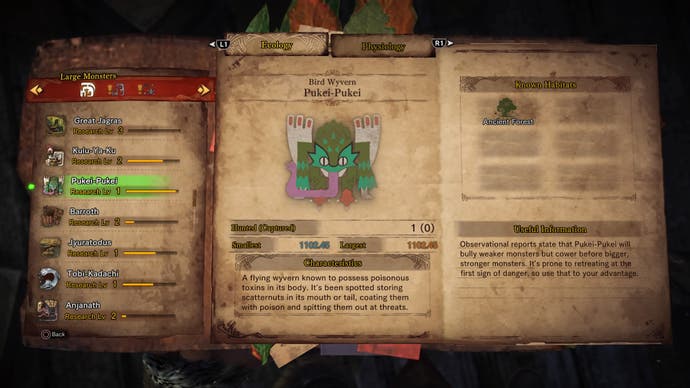
The monsters of Beowulf would feel quite at home in Dark Souls, but they would be misfits in the world of Monster Hunter. There is, however, another ancient literary tradition that resonates with Monster Hunter: the medieval bestiary. The concept of the bestiary is familiar from many games as a compendium of creature lore. But while the in-game bestiary is often a tool for the hunter (it is called a "field guide" in Monster Hunter World), historical bestiaries were less practical. They were luxury items for the rich, often richly illustrated and designed for both the amusement and moral edification of its elite readership.
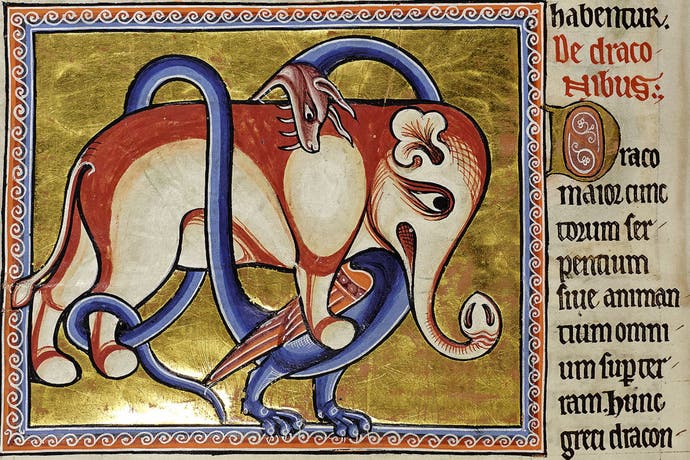
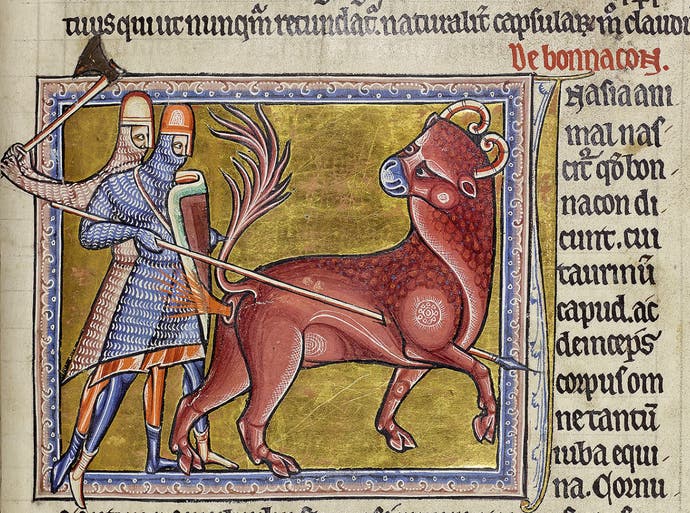
The amusement part is immediately apparent. Bestiaries are a cornucopia overflowing with anecdotes and illustrations so whimsical and fantastical that they turn even the most familiar animals into marvellous, quasi-mythical creatures. Here, we learn that the panther is a many-coloured creature with a breath so sweet that it attracts all other animals (except the dragon, who flees it). The antelope, we are told, has horns like saws that it uses to cut down trees. The bonnacon looks just like a bull, but if it is hunted, it sprays burning excrement at its pursuers. Of course, here be monsters, too. We encounter the dragon strangling its mortal enemy, the elephant. A warrior is fighting an asp, which, curiously, has wings and breathes fire. A hydrus kills a crocodile by crawling into its mouth while it sleeps and bursting from its stomach. And there's the sea monster aspidochelon, whose giant back is mistaken by sailors for an island. As soon as the sailors light a campfire on its back, it dives back into the deep and drags the ship with it.
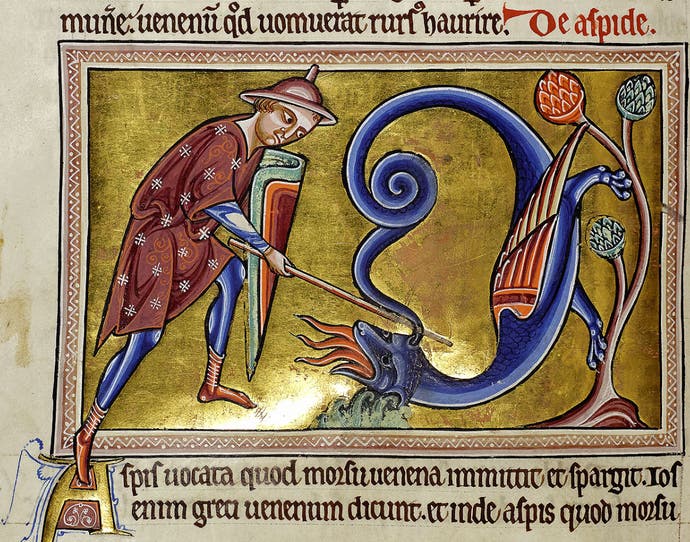
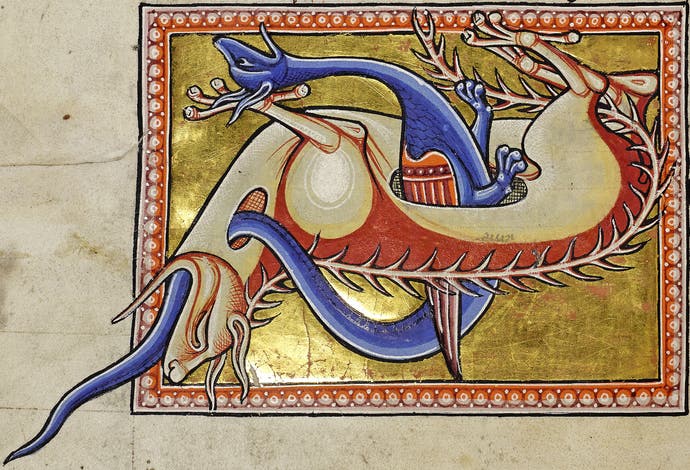
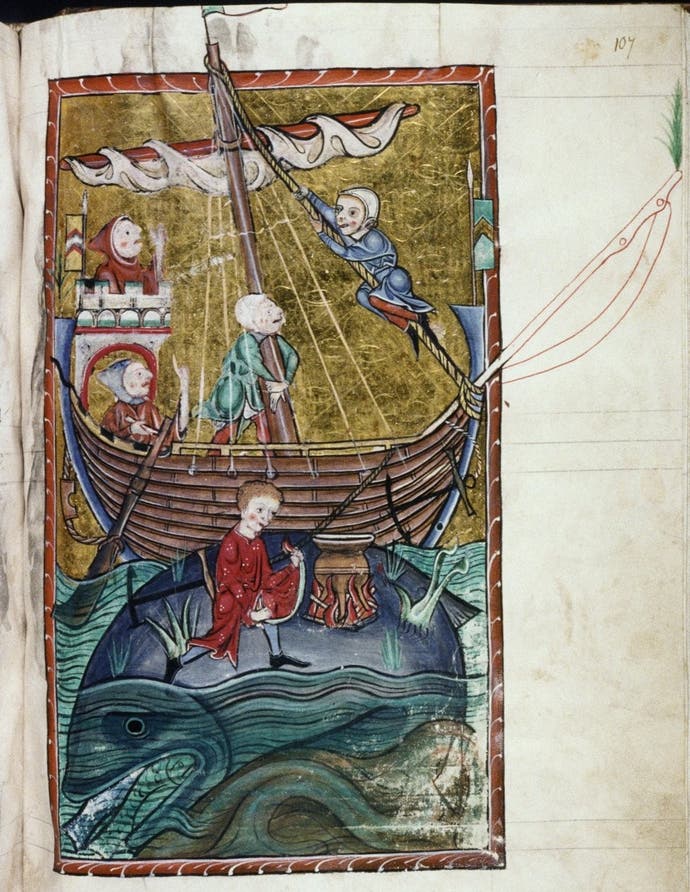
Bestiaries are a series of colourful anecdotes that paint their creatures in broad strokes. Every animal is defined by a handful of memorable characteristics. In many cases, we learn about the way they defend themselves or kill their prey or enemies. The animal kingdom is a realm of feuds and deadly rivalries: there's hatred between the dragon and the elephant, the hydrus and the crocodile, the weasel and the basilisk and even the gryphon and the horse. Those rivals are often shown locked in a mortal embrace.

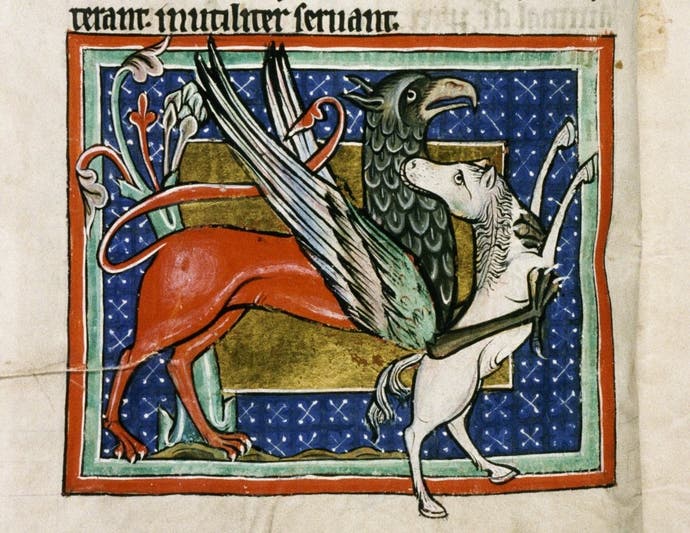
Here, the kinship between bestiaries and Monster Hunter becomes apparent. Despite its lifelike animations and basic simulation of ecosystems, the main draw of the series isn't naturalism. Like the beasts of the bestiaries, its monsters can be boiled down to a couple of memorable traits: the Great Jagras swallows huge beasts whole and swells to enormous size. The Pukei-Pukei eats nuts and spits them out as poisoned projectiles. The Barroth loves to snack on ants and rolls around in the mud, which then hardens and acts as a protective layer. In an echo of the rivalries found in bestiaries, vicious struggles between the creatures of Monster Hunter are not a rare sight and can be used to one's advantage.

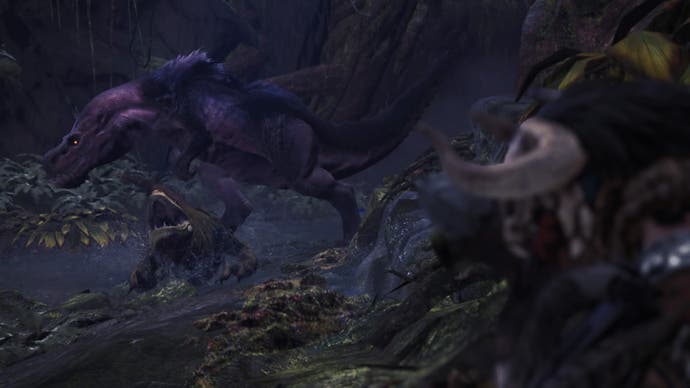
In fact, human hunters make frequent appearances in bestiaries. The lion, we are told, wipes away its prints with its tail to throw hunters off its track. The cunning thief who's stolen a tigress' cub distracts the pursuing mother by throwing a glass sphere in her tracks, in whose reflection the tigress perceives its missing cub. The beaver, pursued for the medicinal properties of its testicles, bites off its organ and throws it at its hunters. When a snake-charmer tries to lure the asp from its lair with his music, the asp is said to press one ear against the ground while covering the other one with its tail. And of course, there's the unicorn, which famously can only be captured with the help of a virgin.
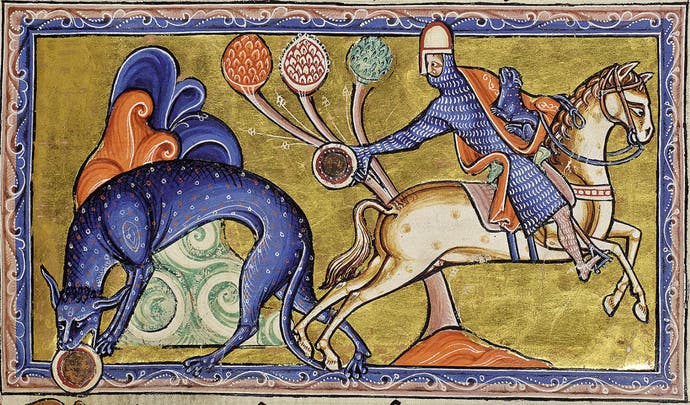
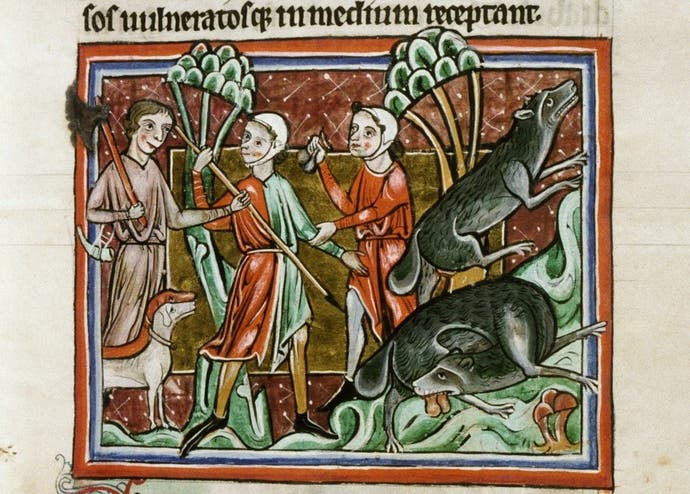
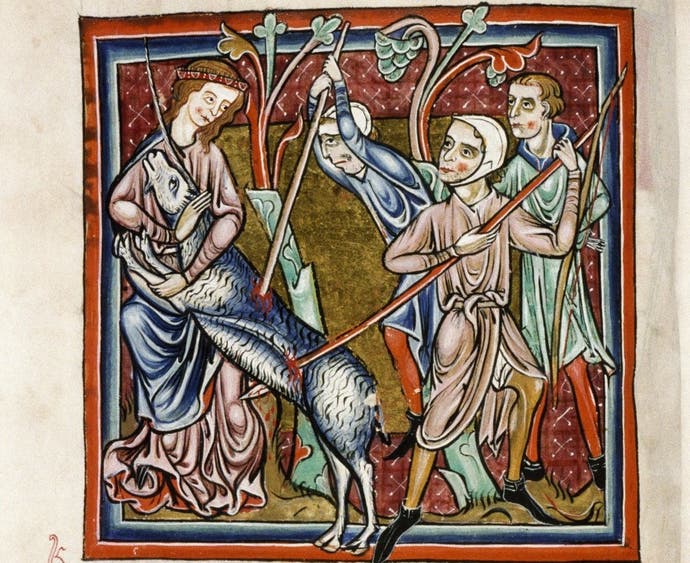
Unlike mythical heroes, these nameless hunters don't fight monstrous embodiments of evil or chaos. Their motives are far more prosaic. The bestiaries tell us about the precious body parts which are coveted by hunters, such as the beaver's medicinal testicles, or the horn of the unicorn. The lynx' urine was said to solidify into a precious stone, the ligurius. The most fantastic prize, perhaps, is a stone called 'hyenia', which is found in the eyes of hyenas; place it under your tongue, and you will be able to foretell the future. No-one here uses monster parts to forge stronger weapons or armour so they can challenge and dismember even more powerful monsters, but bestiaries and Monster Hunter share an obsession with the valuable substances created by exotic animal bodies.

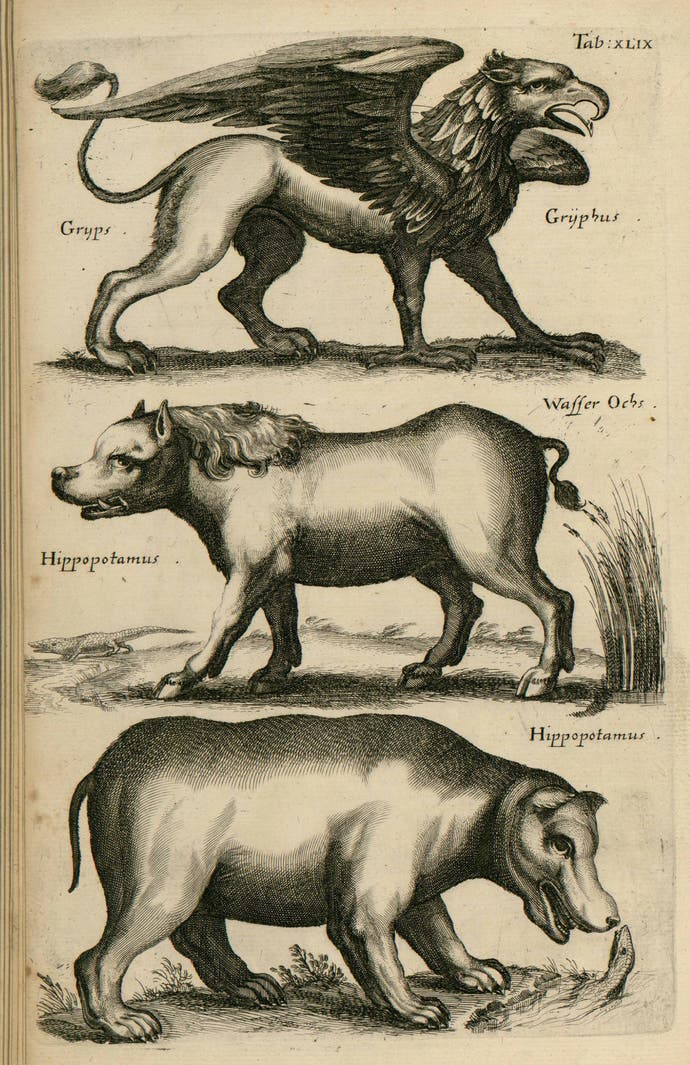
To the modern reader, one of the most striking things about bestiaries is their complete disinterest in distinguishing between real and fantastical beasts. The dragon appears side-by-side with more ordinary serpents, the phoenix is just one bird among many. Even long after bestiaries ceased to be popular, books of natural history, such as John Jonston's Historiae Naturalis (17th century) continued to include mythical beasts like unicorns or dragons. Those more marvellous beasts were usually believed to exist in 'far off' regions of the world, such as Asia or Africa (from a very Eurocentric point of view, of course), but there's nothing there to suggest the dragon is any less a part of nature than, say, a common deer. Some maps, such as Olaus Magnus' Carta Marina, even show parts of Europe itself (especially the wild ocean) overrun with monsters that exist alongside less fantastical animals.

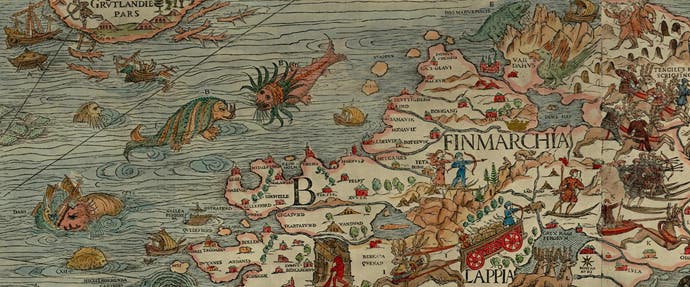
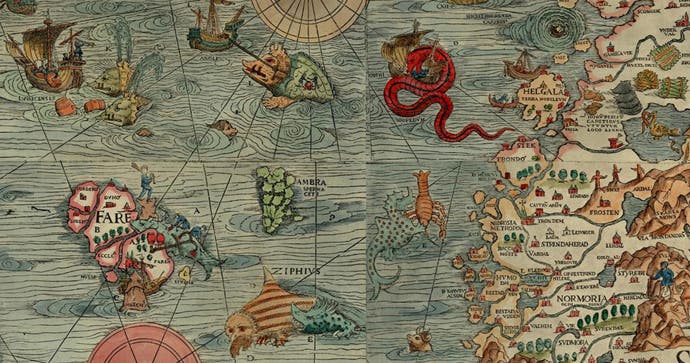
Monster Hunter is noteworthy for a very similar reason. There's no categorical difference between its threatening monsters and all the other creatures that populate its world, from large herbivores to carrion birds or insects. Its monsters have been disenchanted, demythologised; what turns them into 'monsters' in our eyes isn't some fundamental unnaturalness, but simply their awe-inspiring size and power.
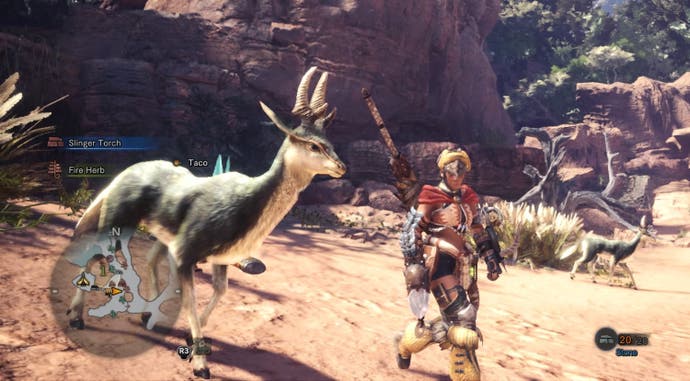
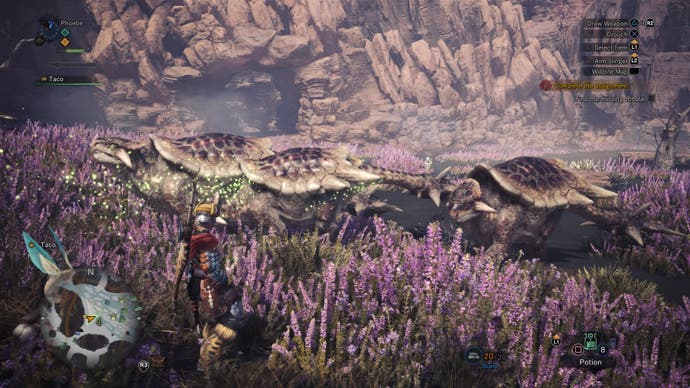
It's no coincidence that many of Monster Hunter's creatures were obviously inspired by dinosaurs, those 'terrible lizards' that straddle the line between the natural and the monstrous in the popular imagination and whose colossal remains may have inspired the ancients to come up with some of the creatures we find in the bestiaries in the first place.
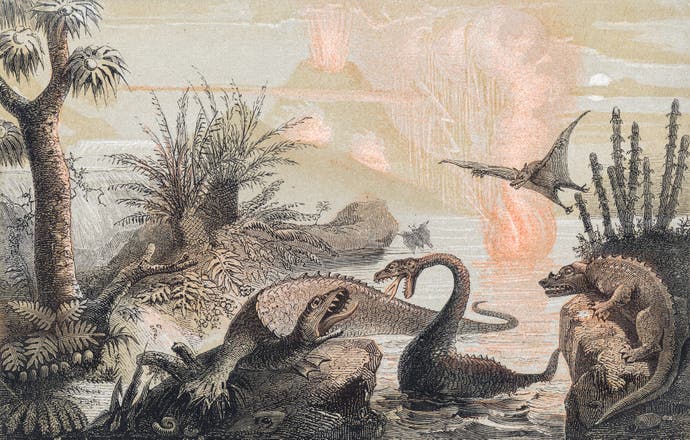

The influence of natural history on Monster Hunter may already hint at a fundamental difference between its monsters and the creatures of the bestiaries. While both present their beasts as natural parts of the world, their definitions of nature are very different. The nature of the bestiaries is the product of divine creation. Animals are chapters in the Book of Nature. As such, they can be read and interpreted like any other text. Through allegorical readings, the bestiaries' authors tried to uncover hidden correspondences in the world. The sweet-smelling panther corresponds to Jesus Christ, while the dragon that flees the smell is the devil. The saw-like horns of the antelope, we are told, are the two Testaments that can get rid of even the biggest obstacle. The beaver's testicles are like the sins we should throw back at the devil.
While this way of making sense of the world may seem quaint and puzzling to our more secular eyes, it's still a bit of a shame that Monster Hunter World, like most games, never asks what roles its monsters play in its world's culture and imagination. If its monsters were part of a medieval bestiary, perhaps the Barroth would be seen as a repentant sinner, humbling itself before god in the mud that becomes his divine protection. Perhaps the Pukei-Pukei would become like the devil, spouting lies like poisoned nuts from his mouth. Welcoming fanciful ideas like these could only enrich our monster slaying escapades.


